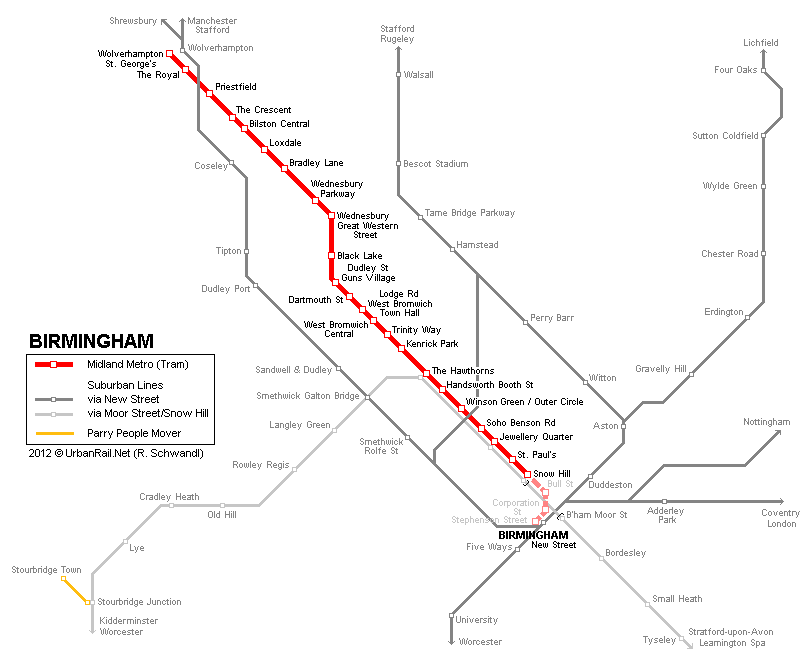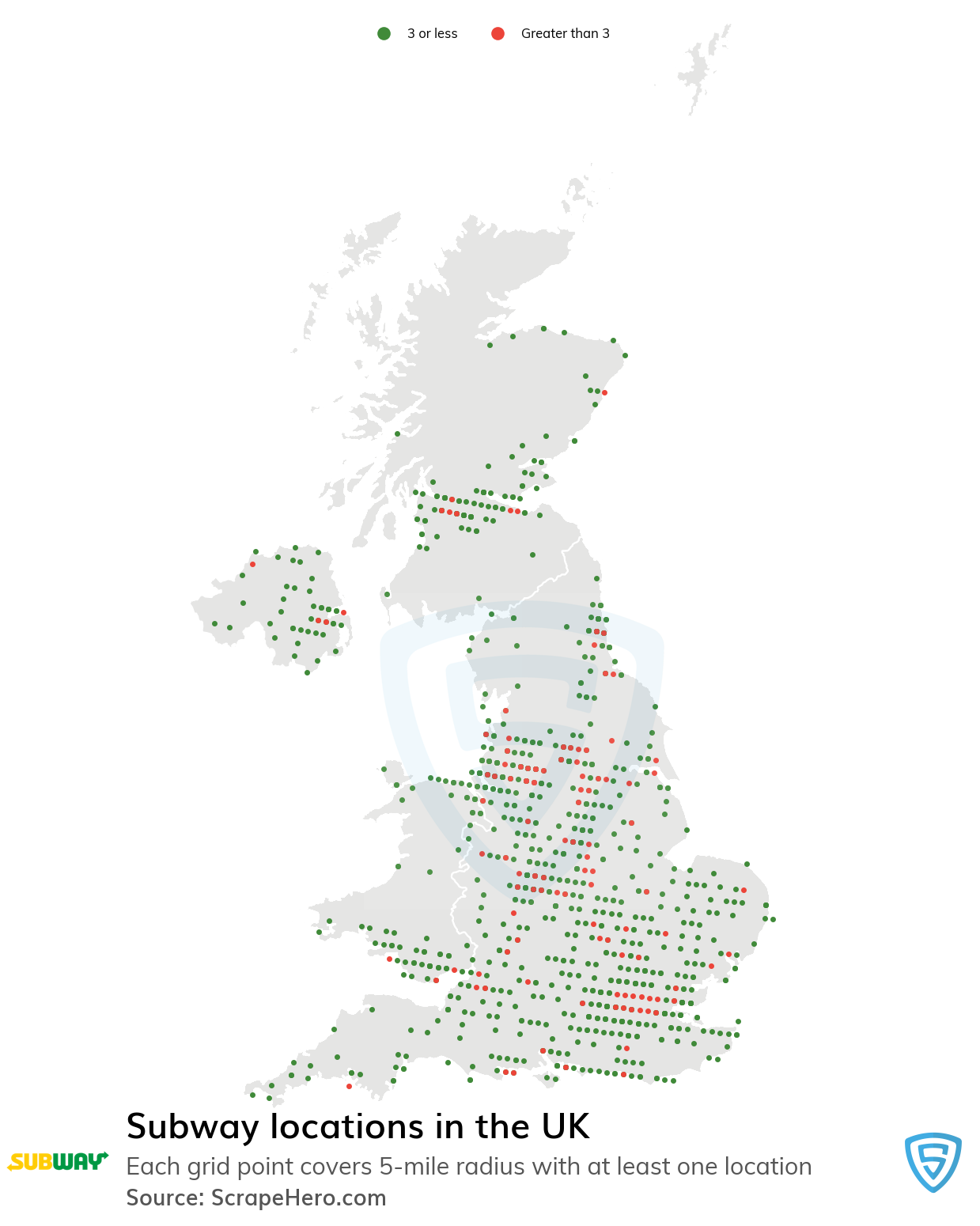

The UK has the 17th largest railway network in the world despite many lines having closed in the 20th century, due to the Beeching cuts, it remains one of the densest networks.
#BRITISH SUBWAY SYSTEMNAME CODE#
The UIC country code for United Kingdom is 70. The United Kingdom is a member of the International Union of Railways (UIC). Passenger journeys in Britain grew by 88% over the period 1997–98 to 2014 as compared to 62% in Germany, 41% in France and 16% in Spain. The growth is partly attributed to a shift away from private motoring due to growing road congestion and increasing petrol prices, but also to the overall increase in travel due to affluence. This has coincided with the privatisation of British Rail, but the cause of this increase is unclear.

Unlike a number of other countries, rail travel in the United Kingdom has enjoyed a renaissance in recent years, with passenger numbers approaching their highest ever level (see usage figures below). In 2019, there were 1.738 billion journeys on the National Rail network, making the British network the fifth most used in the world (Great Britain ranks 23rd in world population). The main rail network is connected with that of continental Europe by the Channel Tunnel and High Speed 1 (originally the Channel Tunnel Rail Link), which fully opened in 19 respectively. There are also many private railways (some of them narrow-gauge), which are primarily short lines for tourists. In addition, some cities have separate metro, light rail and tram systems (including the extensive and historic London Underground). These lines range from single to quadruple track or more.

Most of the track is managed by Network Rail, which in 2017 had a network of 15,811 kilometres (9,824 mi) of standard-gauge lines, of which 5,374 kilometres (3,339 mi) were electrified. The first locomotive-hauled public railway opened in 1825, which was followed by an era of rapid expansion. The railway system in Great Britain is the oldest railway system in history.


 0 kommentar(er)
0 kommentar(er)
